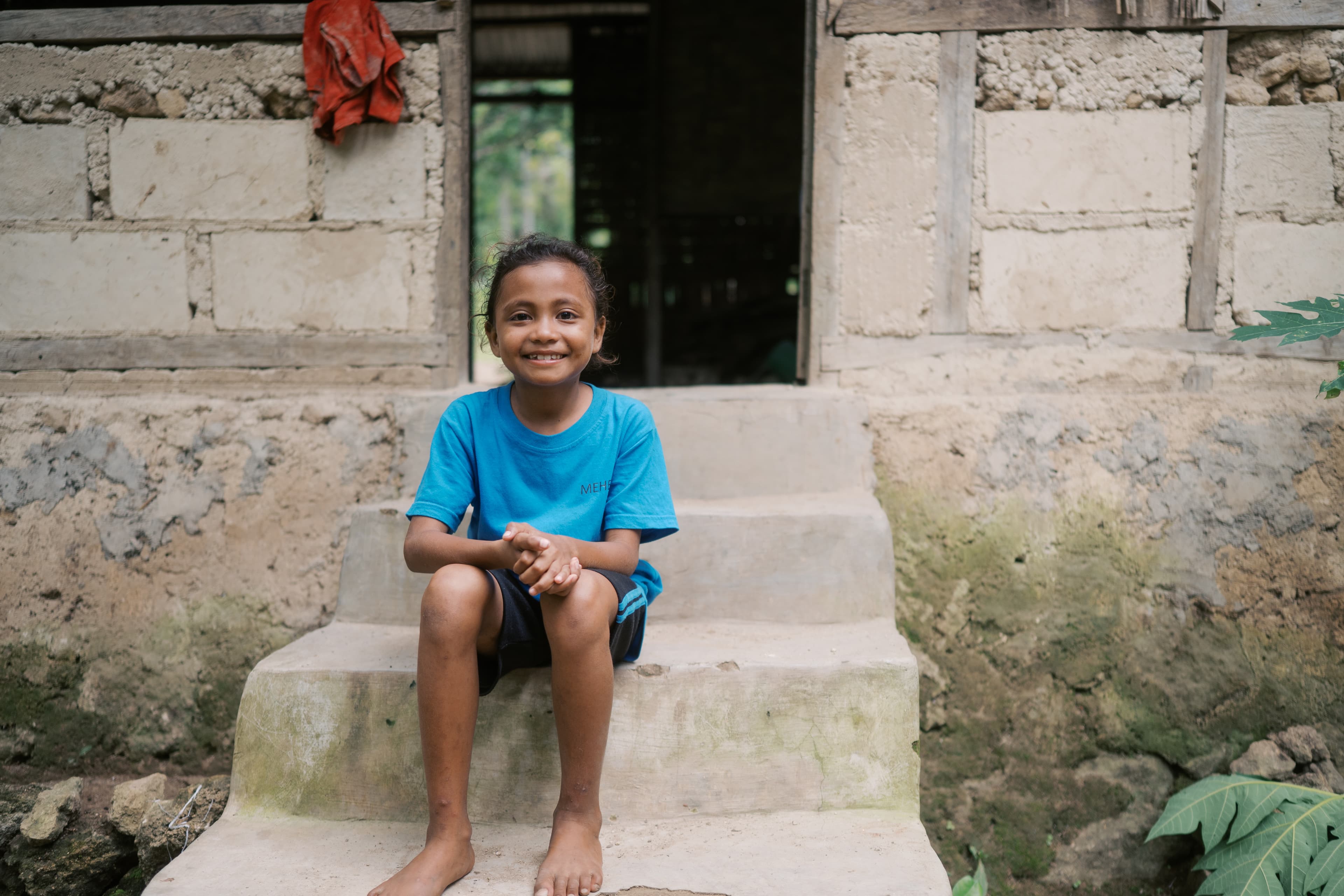What Is Child Labor?
The International Labour Organization (ILO) defines child labor as work that is mentally, physically, socially or morally dangerous and harmful to children and interferes with their schooling. It deprives children of their right to learn, grow and thrive.
Sadly, Compassion has seen the damaging impacts of child labor firsthand. Shanto in Bangladesh was abandoned by his parents as a young teen and left to survive on his own. When he wasn’t in school, he hauled heavy bricks and worked multiple dangerous jobs to earn barely enough to scrape by.
Ebenezer in Ghana, who lived near Lake Volta, was sent to work on fishing boats at just 6 years old. And Salama in Uganda was at risk of joining her mother in a stone quarry until her local church stepped in to protect her.
When children are forced to work, their safety is put at risk as they spend long hours in difficult and often dangerous conditions. They're deprived of regular meals, medical care and the chance to grow up in a supportive environment. Often, they fall behind in academics and development, making it even harder to break free from poverty.
The Facts About Child Labor
Nearly 138 million children (ages 5-17) are victims of child labor worldwide.
Around 54 million children are engaged in hazardous work that threatens their health and development. Nineteen million of these children are younger than 12.
Nearly two-thirds of all child labor takes place in sub-Saharan Africa, where 87 million children are victims.
Agriculture is the most common sector (accounting for 61% of all cases), followed by services and industry.
Most child labor occurs within family farms or businesses and often goes unreported.
Girls, more than boys, are vulnerable to hidden labor such as domestic service in private households or unpaid chores, a form of work not considered in child labor estimates.
Child labor is 77% more common in conflict zones than the global average.
Forced labor is thought to generate around $236 billion a year in illegal profits, a 37% increase since 2014.
How Compassion Responds
In poverty, children are often sent to work instead of school. Many face tough conditions that leave them sick or hurt. They also miss out on the care and learning every child needs to grow and thrive.
Compassion’s church-based sponsorship program delivers consistent care to children through the local church so they can grow up healthy and strong.
When you sponsor a child, you help make sure they are:
Introduced to the love of God and the message of the gospel.
Nourished with food and clean water and cared for with medical support.
Able to stay in school and continue learning.
Surrounded by a local church that walks with them and their families.
Protected from abuse through Compassion’s child protection efforts and a trusted circle of trained, caring adults.
When children are known, loved and protected, they are far less vulnerable to child labor and far more likely to flourish.
